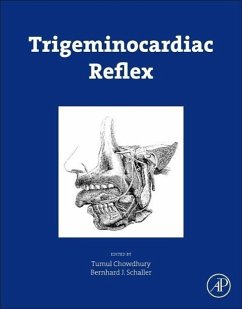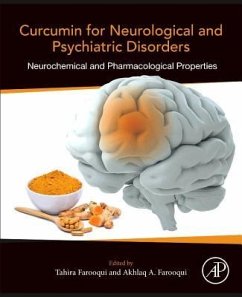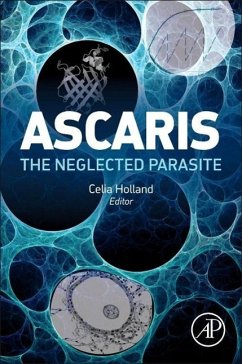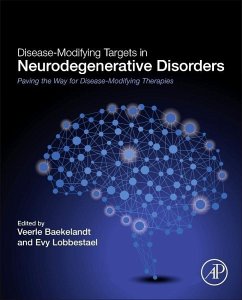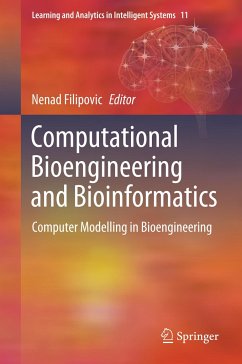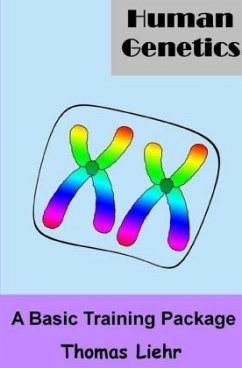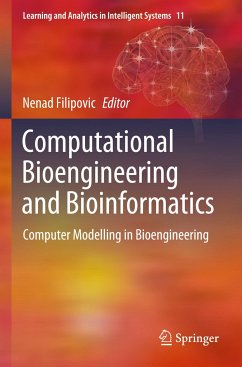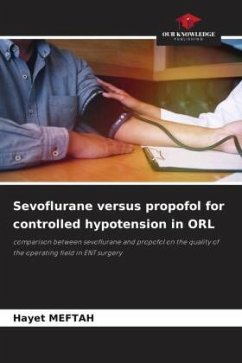
Chemical and Biochemical Approaches for the Study of Anesthetic Function, Part A

PAYBACK Punkte
60 °P sammeln!
Chemical and Biochemical Approaches for the Study of Anesthetic Function, Part A, Volume 602 assembles new information on our understanding of anesthesia. This latest release in the series includes sections on how physical accuracy leads to biological relevance, best practices for simulating ligand-gated ion channels interacting with general anesthetics, computational approaches for studying voltage-gated ion channels modulation by general anesthetics, anesthetic parameterization, pharmacophore QSAR, QM, ONIOM, and kinetic modeling of electrophysiology data.






